Menu
Menu

The catastrophe of the Second Hungarian Army at the River Don is a well-known and traumatic memory for most Hungarians. The army formation was deployed near Stalingrad, and was almost entirely destroyed by the Soviets in 1943, leaving many Hungarian families with deceased relatives.

The NFI’s decision-making committee voted to support the production of six different television works.
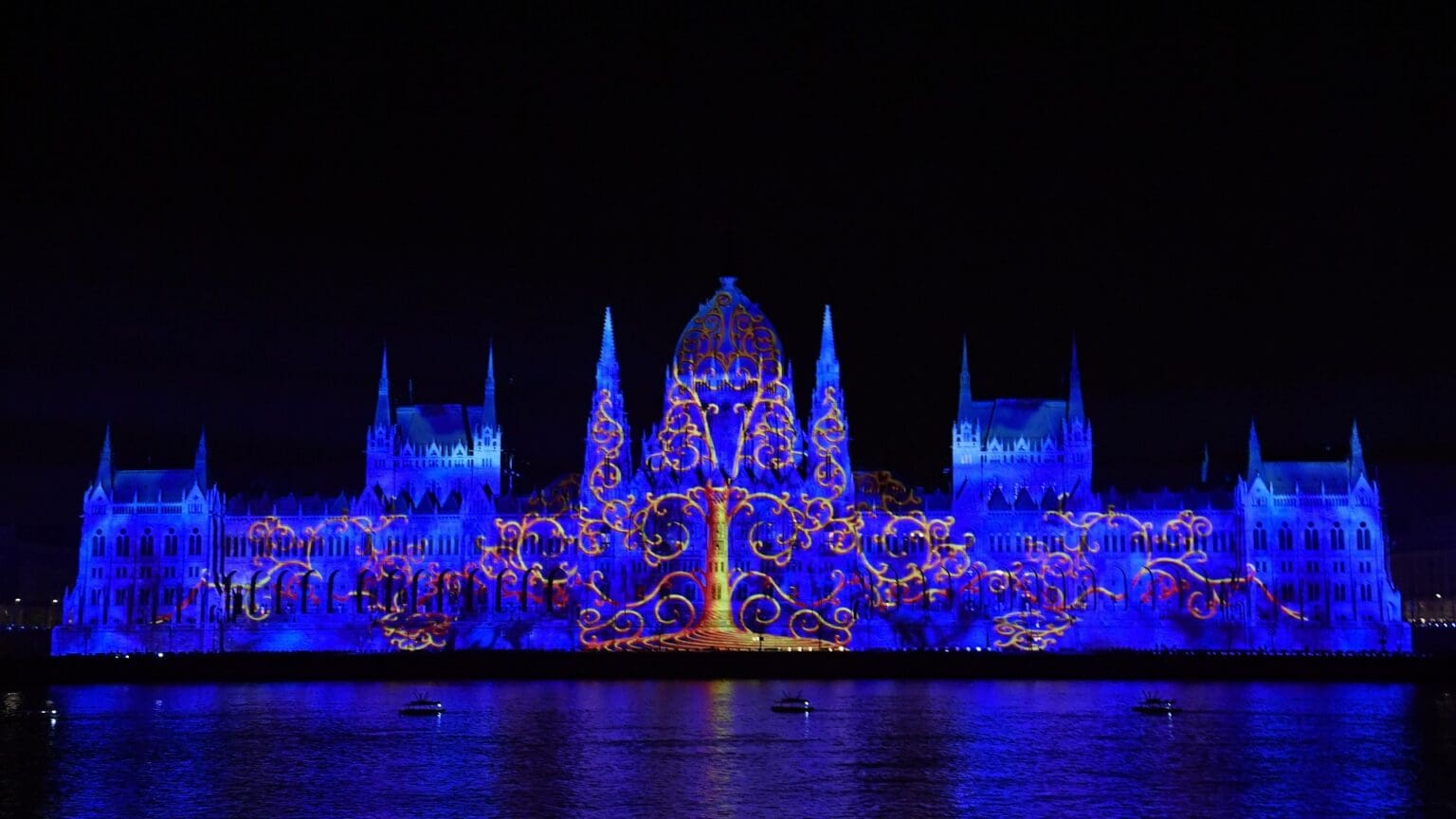
‘Since Viktor Orbán became prime minister, his country has had one of the strongest economies in Europe. While the economies of Germany and France have been sputtering and stumbling, Hungary has continued to set an example of economic prowess and strength that much of the rest of Europe would be wise to follow,’ Larson wrote in his analysis published by The European Conservative.
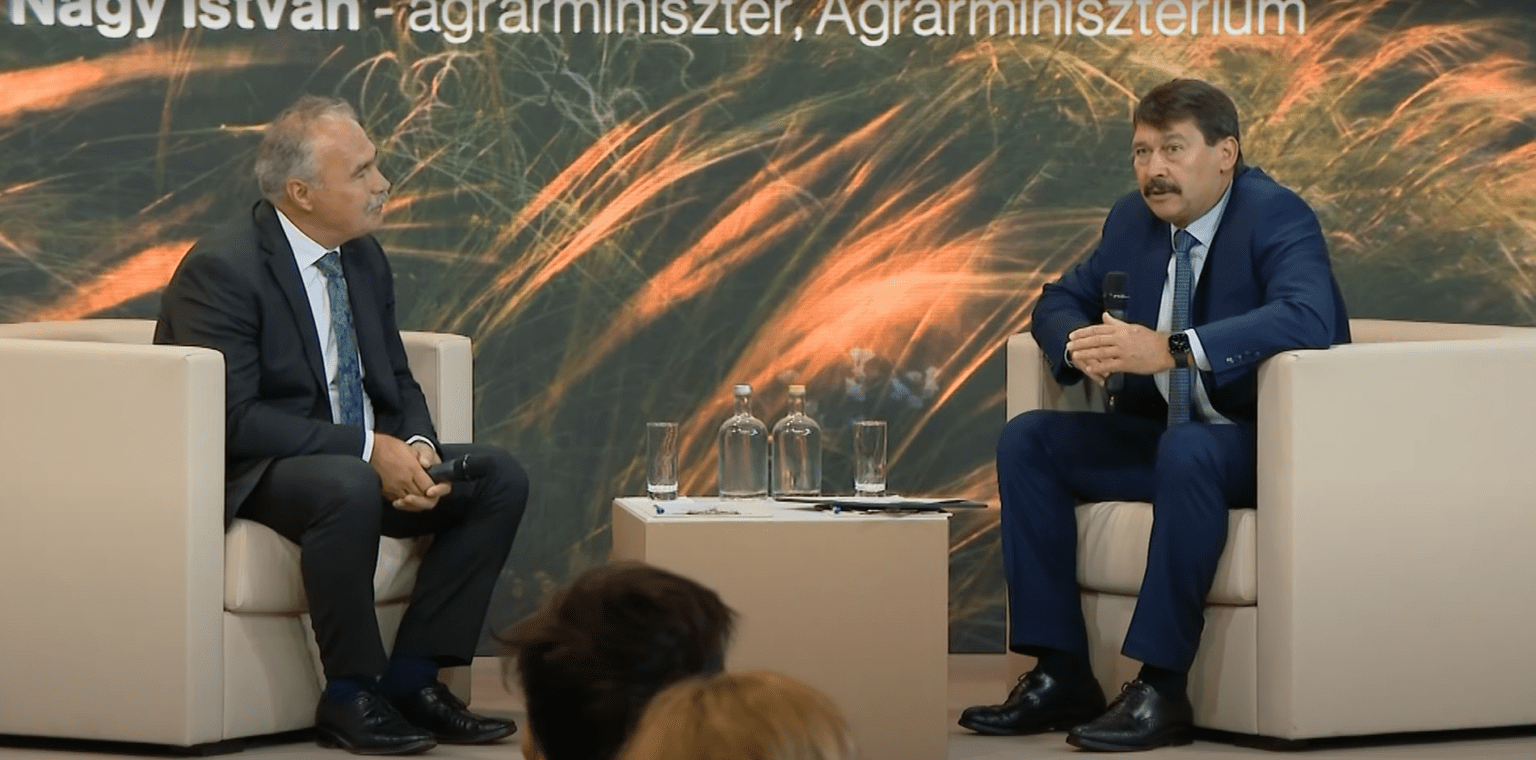
During the discourse, both the former head of state and the minister underscored the multifaceted ecosystem of arable lands, emphasizing that without the presence of fungi, bacteria, and other organisms, the land cannot yield an adequate quantity of high-quality food.

The Hungarian midfielder, who is running a great season with Liverpool so far, has been valued even higher than Kylian Mbappé.
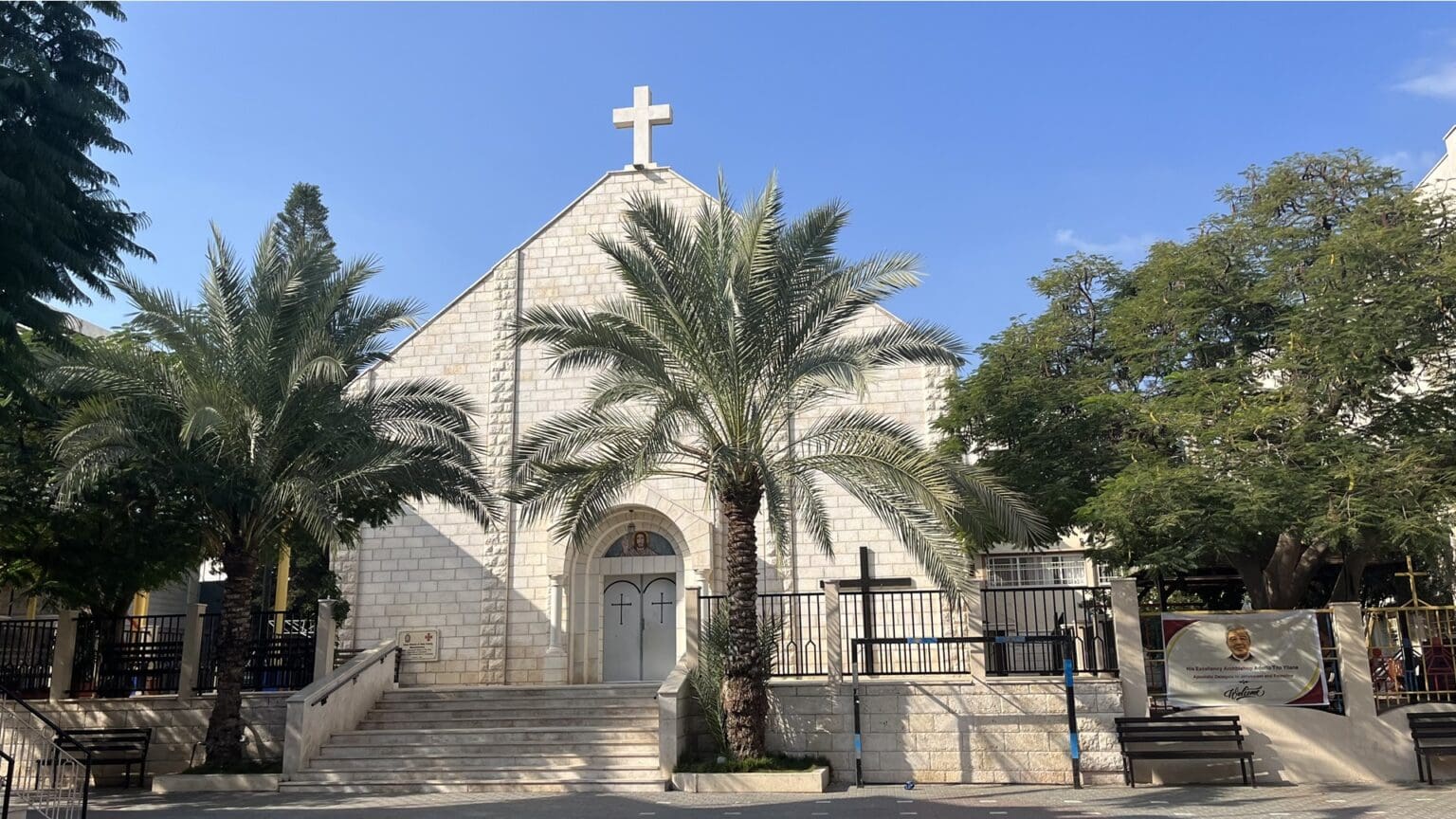
“For all the trials the Christians have endured—from famine during the Ottoman Empire to British bombardment during World War I and the rule of Hamas—the potential future for our Christian brethren in the Holy Land after the war is eventually over seems bleak.’
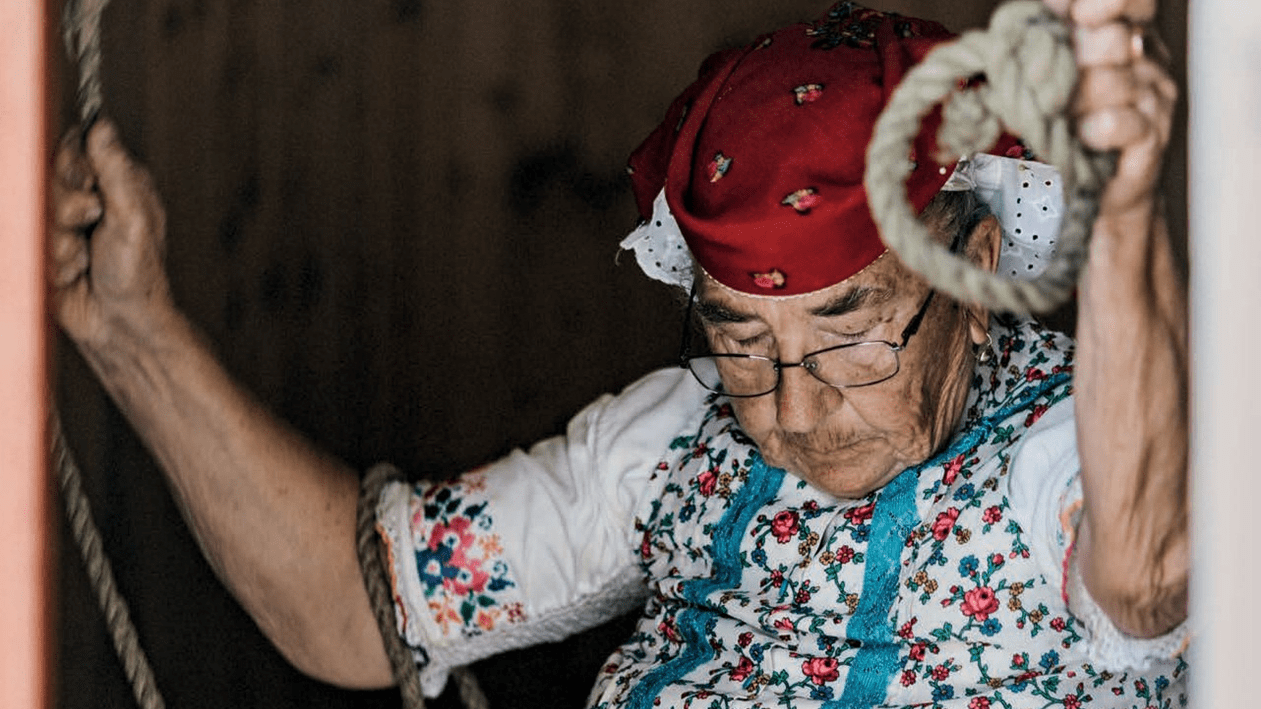
Mrs Ilonka Szedlák is one of the last few people in Hungary who understand and speak the language of bells.
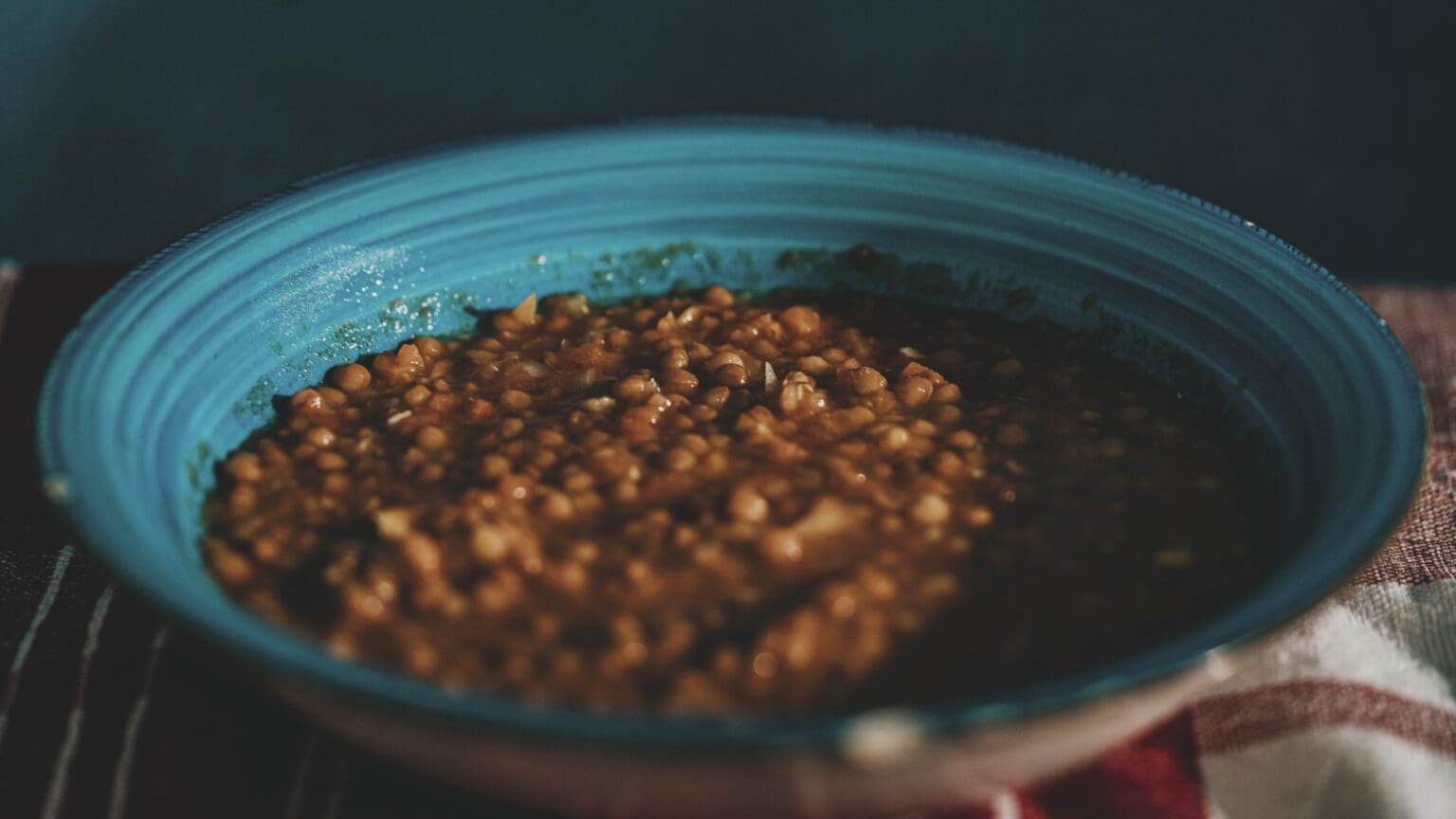
The consumption of lentils at midnight on New Year’s Eve or on the first day of the New Year is one of the most widespread Hungarian customs. According to tradition, each lentil symbolizes a coin. Those who partake in lentils on the first day of the New Year are believed to have a full wallet throughout the entire year.
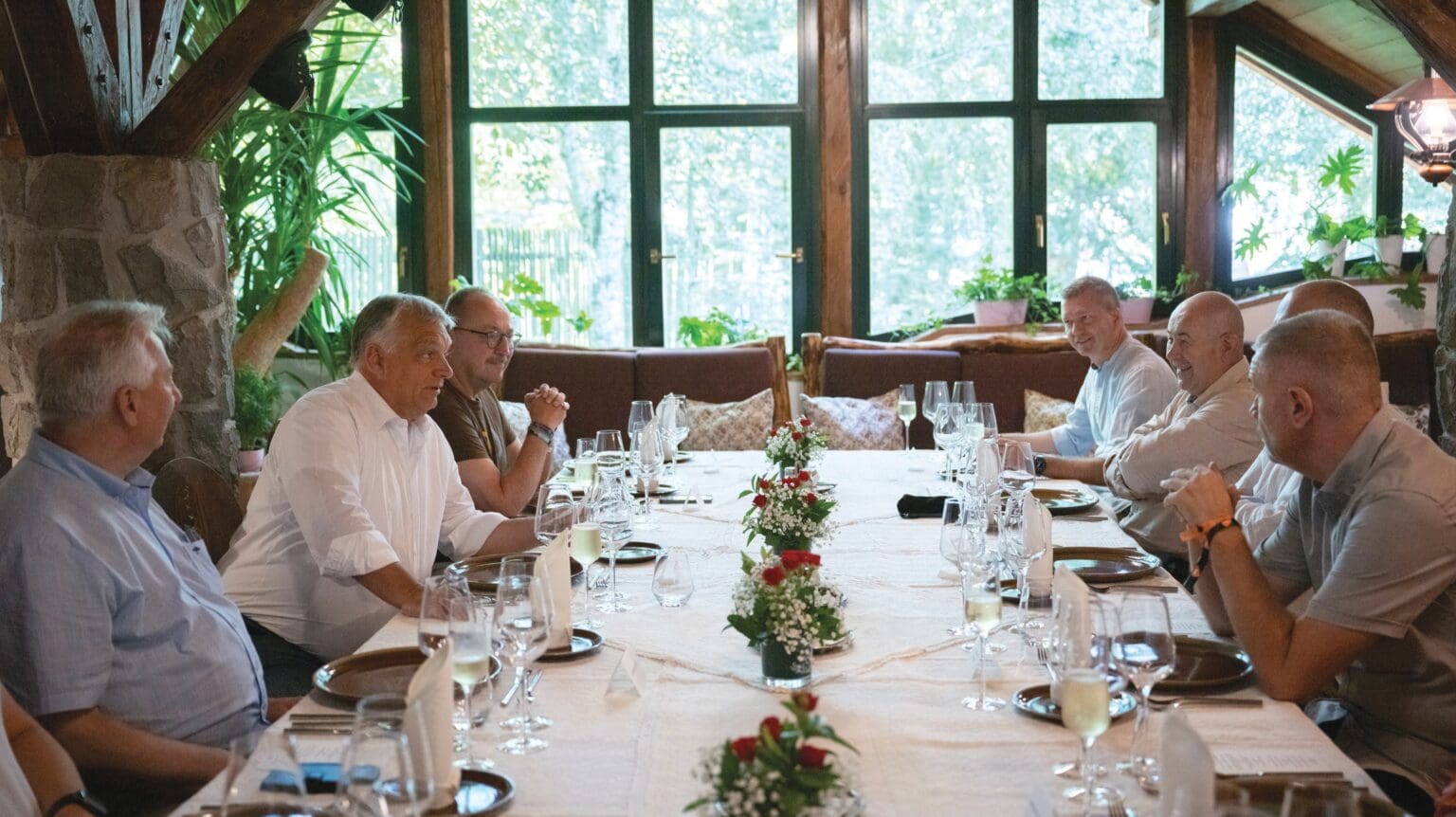
While political festivals are not unique per se, there is something unique about how the Hungarian right organizes its gatherings. Their continuing success is not due to populist chauvinism, or to making them mere echo chambers. In fact, plenty of world views, including opposition voices highly critical of the Orbán administration, clashed on stage in front of captivated audiences many times this summer.
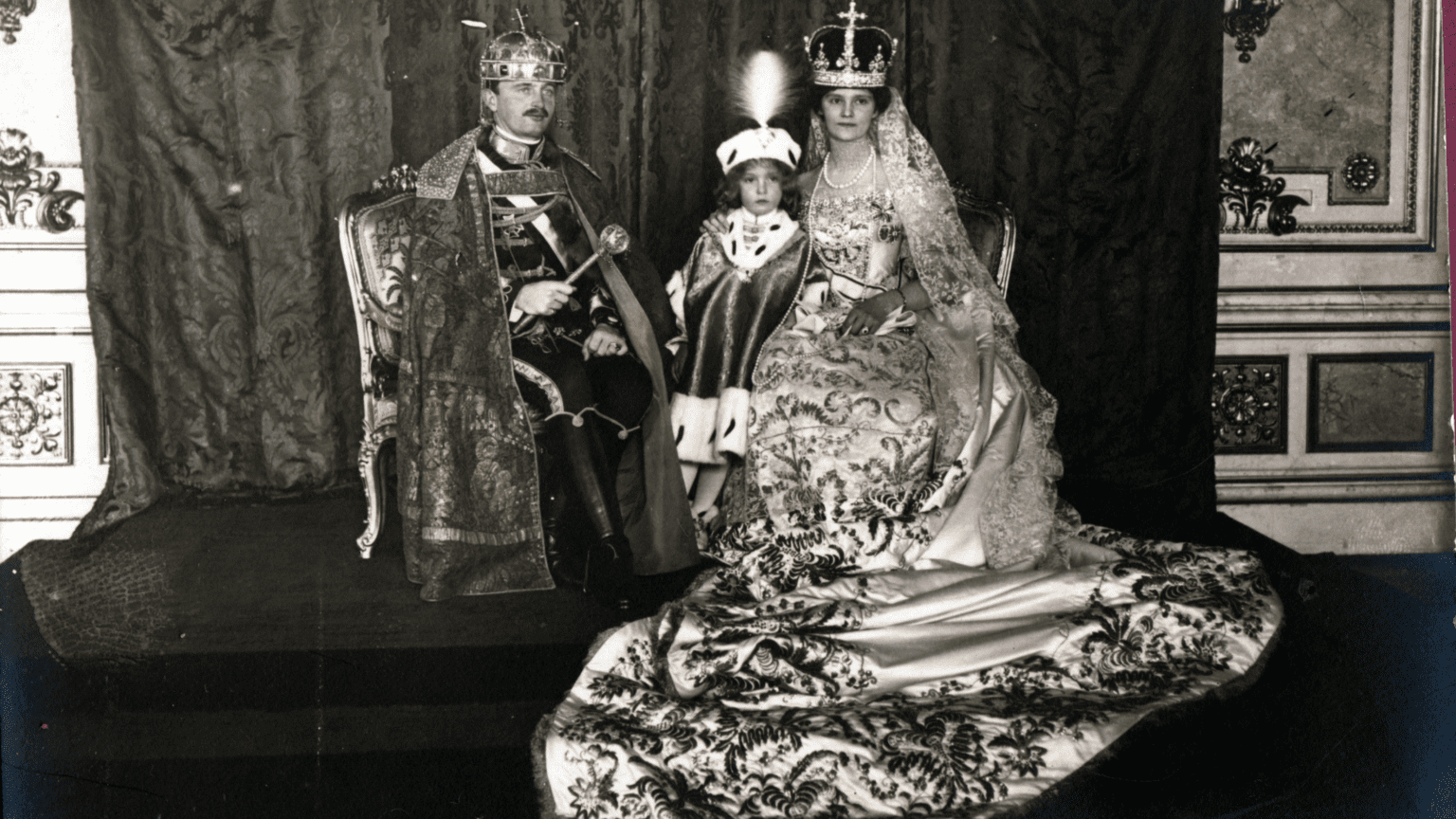
Charles I, Emperor of Austria, was crowned king of Hungary as Charles IV on 30 December 1916, after his father, Emperor and King Francis Joseph passed away on 21 November. His inauguration ceremony was the last public showcasing of the historical splendour of the Hungarian monarchy.
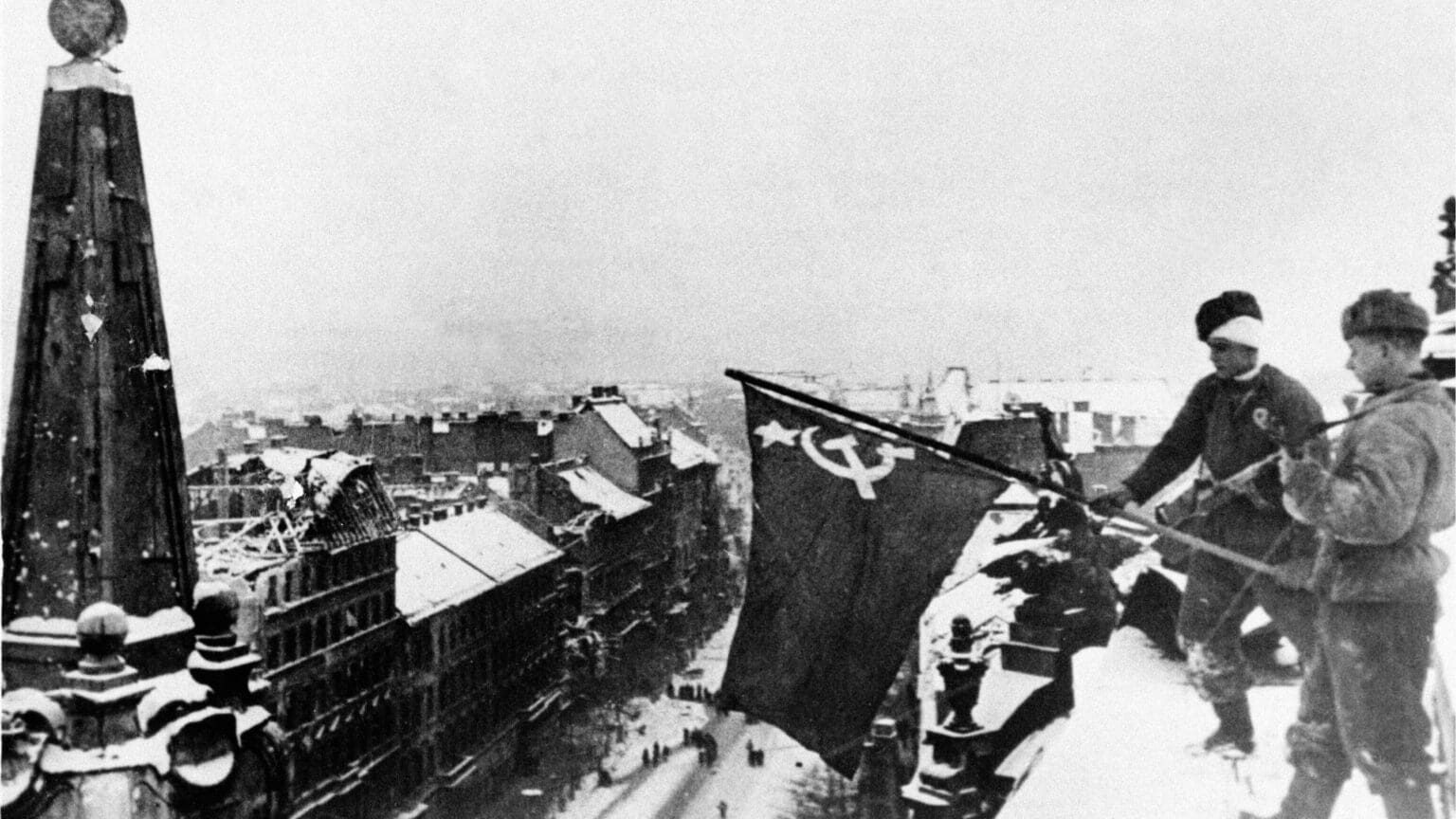
On Christmas Eve in 1944 the Soviet troops encircled Budapest, and the siege commenced a few days later, on 30 December. The fighting that went on for months caused enormous suffering and destruction, and became part of Hungary’s collective memory forever.
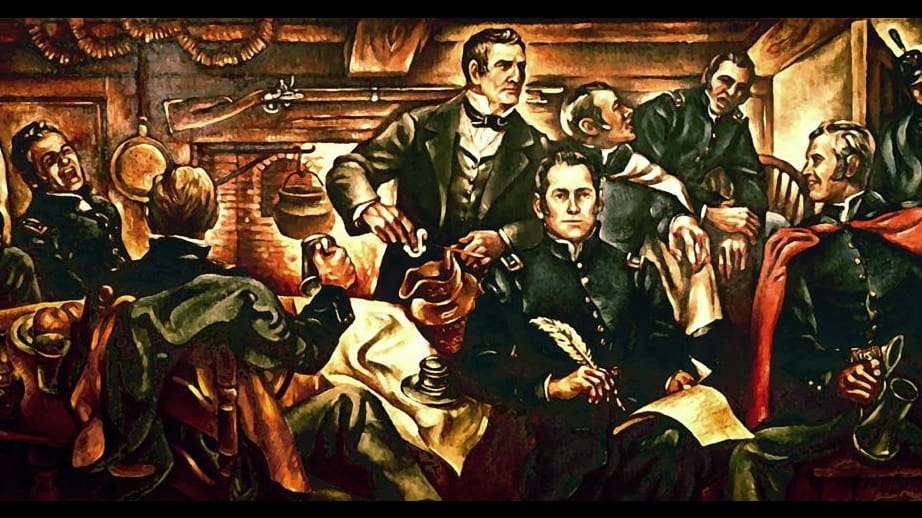
What started as a little bit of mischief by the young cadets in the US’s elite military academy West Point turned into a full-on mutiny. On the instigation of future Confederate President Jefferson Davis, the young military men snuck loads of alcohol into their barracks for a Christmas party in 1826—things got way out of hand fast…
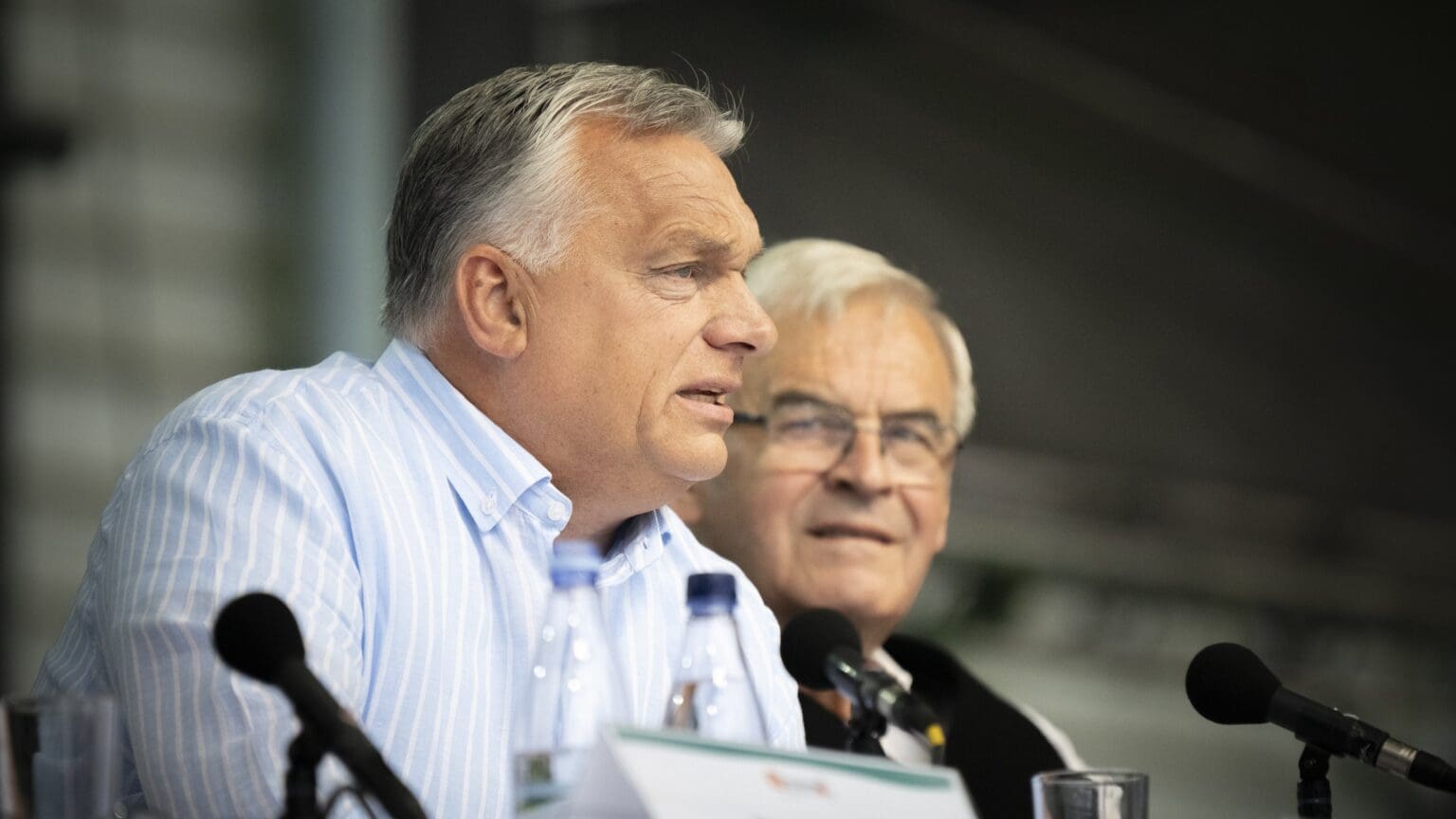
In his year-in-review interview with the Hungarian sports daily Nemzeti Sport, the Prime Minister has also made the claim that ‘the time has come when Budapest cannot further develop to any great degree without the Olympics.’
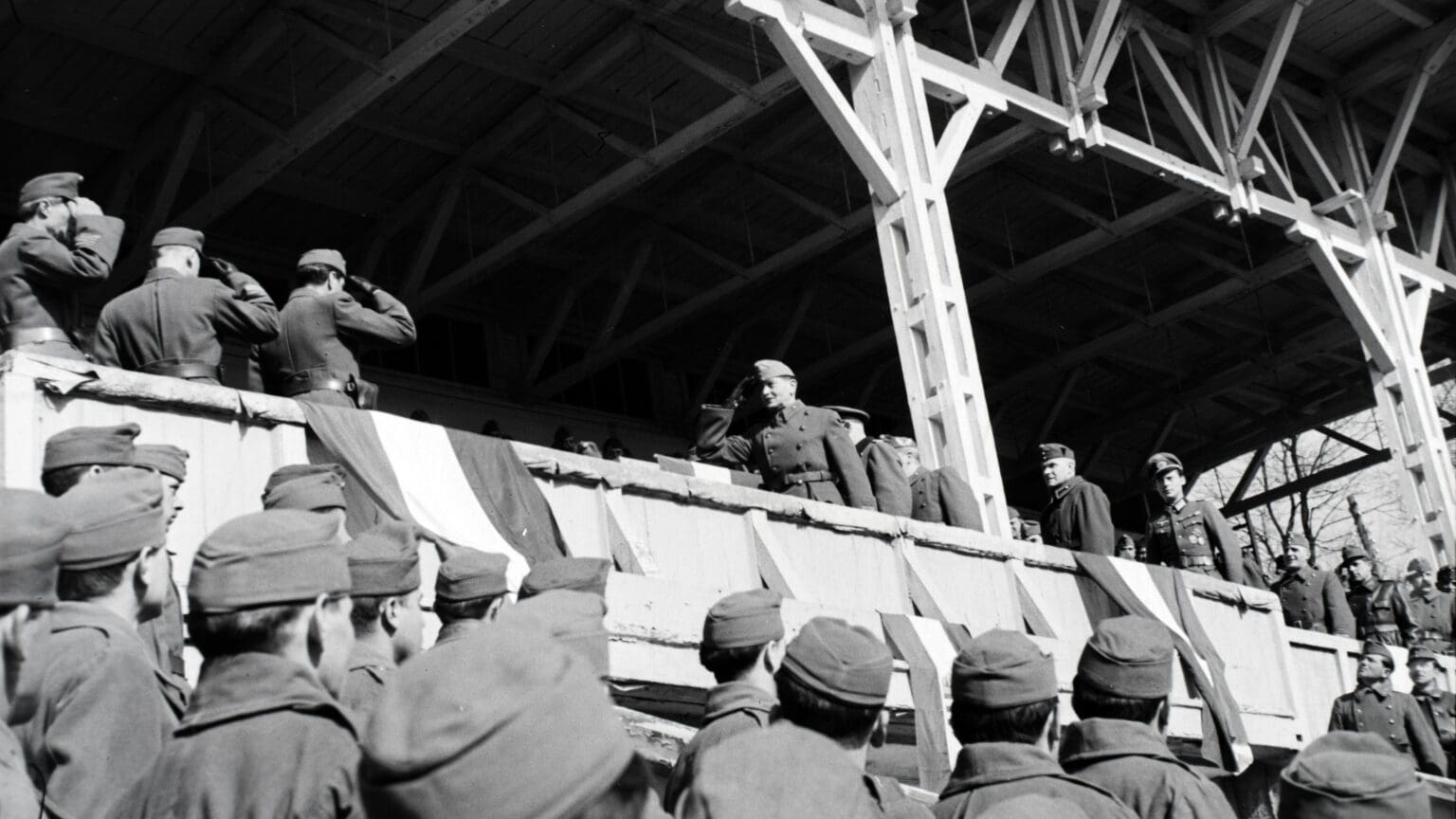
The tragic fate and bravery of Gusztáv Jány, Commander of the Hungarian Second Army, mirror those of his troops, and, in many ways, of Hungary itself.
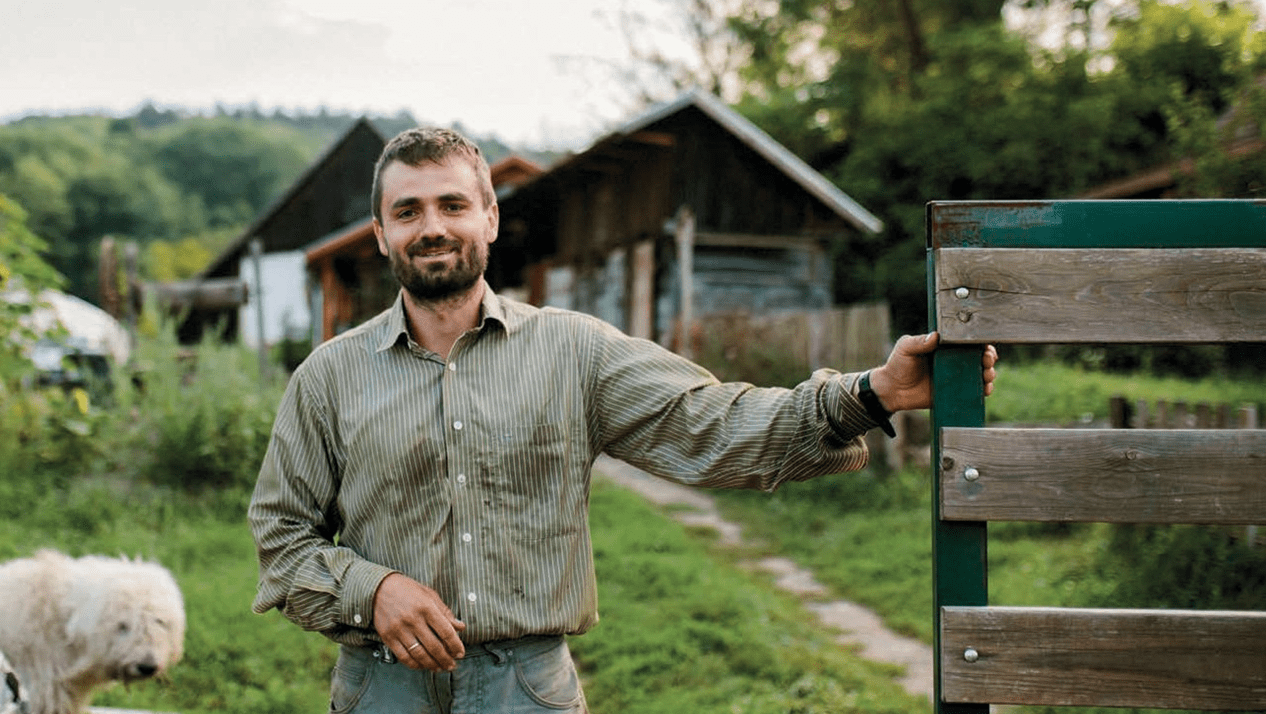
The MagosVölgy Ecological Farm in Terény, Nógrád County, produces
gorgeous vegetables from February to December for the 500-strong community around it.
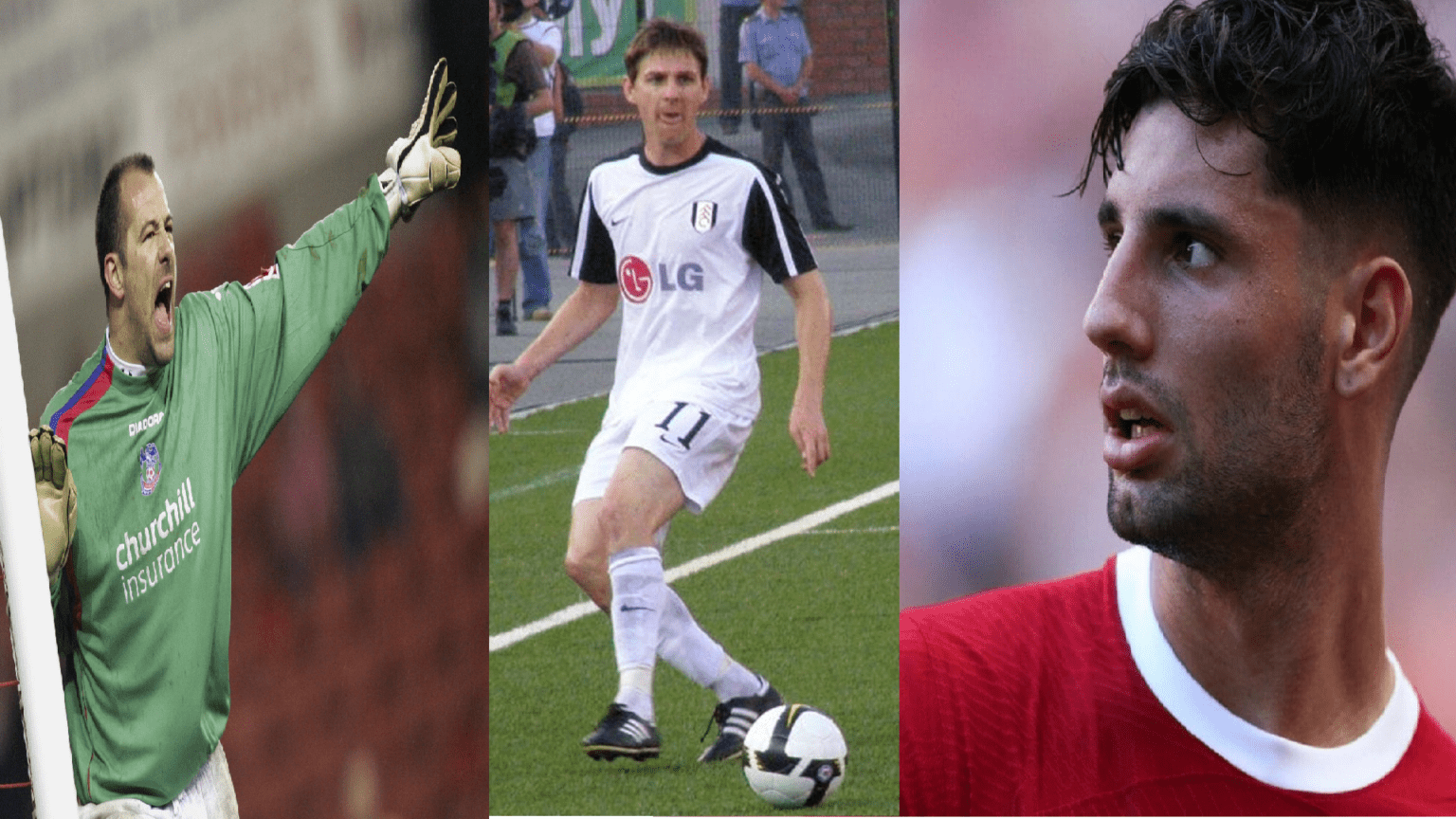
Boxing Day football is a tradition in England that goes all the way back to the 19th century. A handful of Hungarian footballers have had the chance to participate in it in the modern, Premier League era. They include Crystal Palace goalkeeper Gábor Király, and West Brom and Fulham midfielder Zoltán Gera. This Christmas, we get to root for Dominik Szoboszlai at Liverpool and Milos Kerkez at Bournemouth.
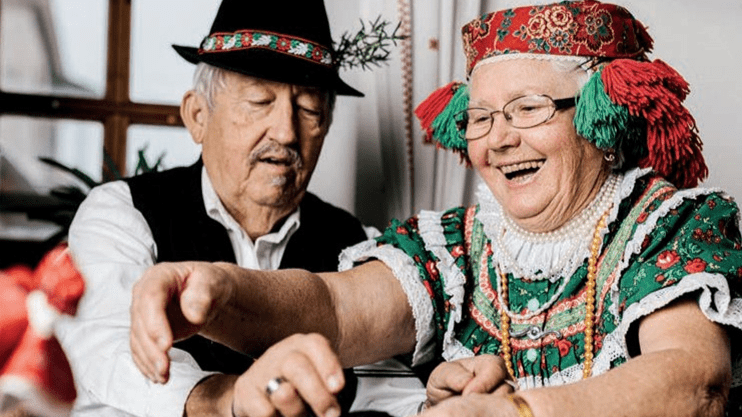
The famous matyó embroidery is reinterpreted in the Matyodesign studio in Tard.

The loneliness and silence of the Danube Bend in the winter is difficult to describe. Pictures convey the story of the river and the mountains—beyond words.
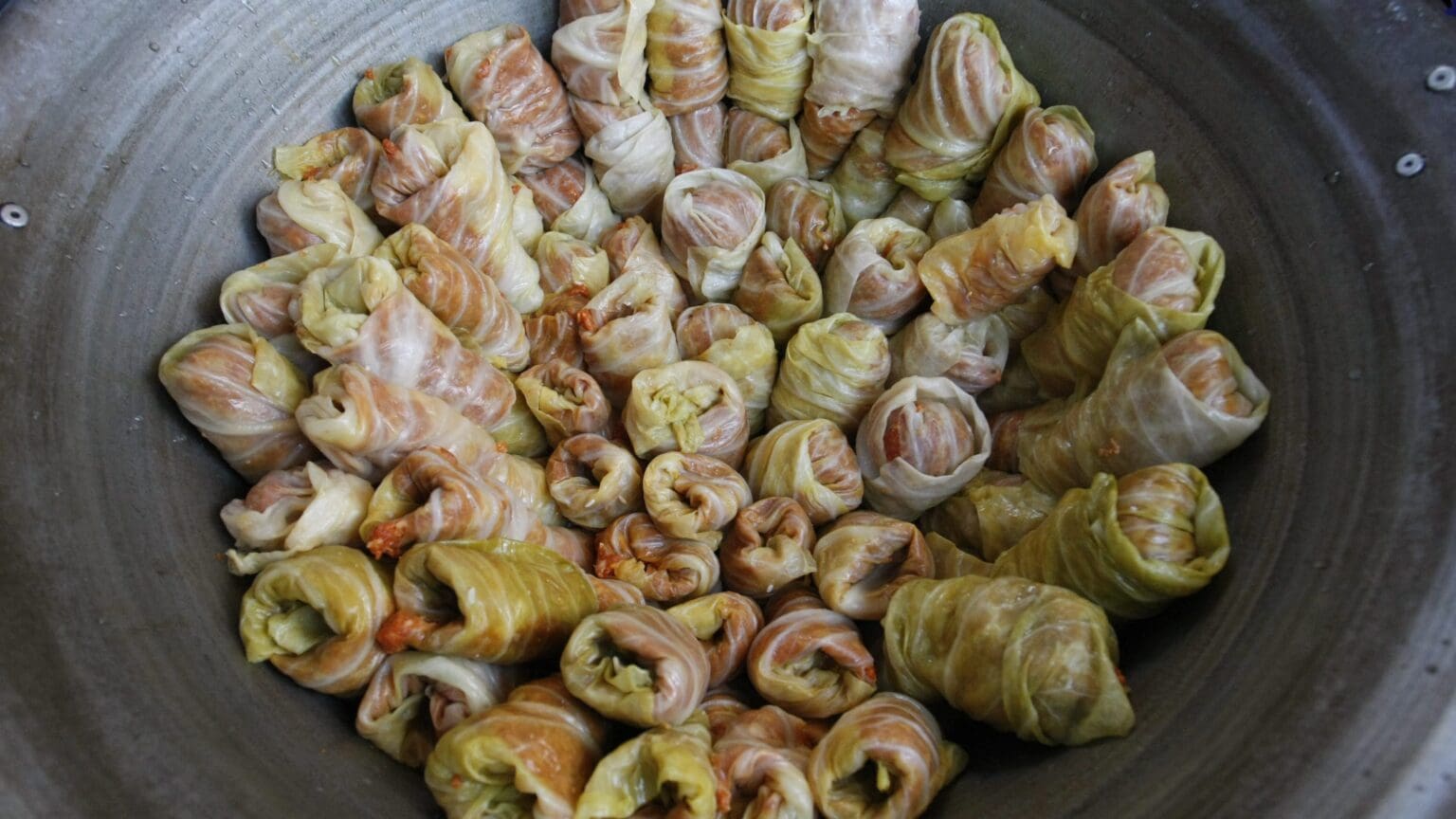
Why not surprise your family with a truly Hungarian dish this winter? Learn more about Hungary’s number one Christmas gastronomic delight, stuffed cabbage rolls and test your cooking skills!
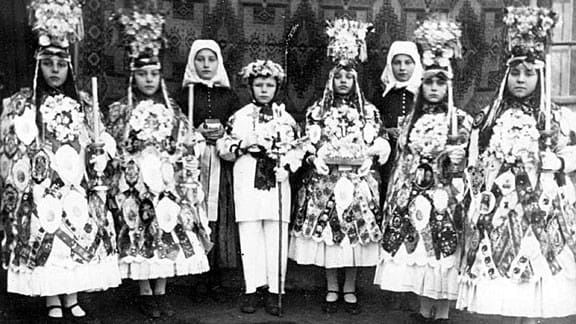
While the Christmas traditions of the Pilis Swabians have evolved and changed over the years, they have been largely preserved, and the spirit of the German Hungarian settlers is still alive, allowing the locals to honour their ancestral heritage at this time of year.
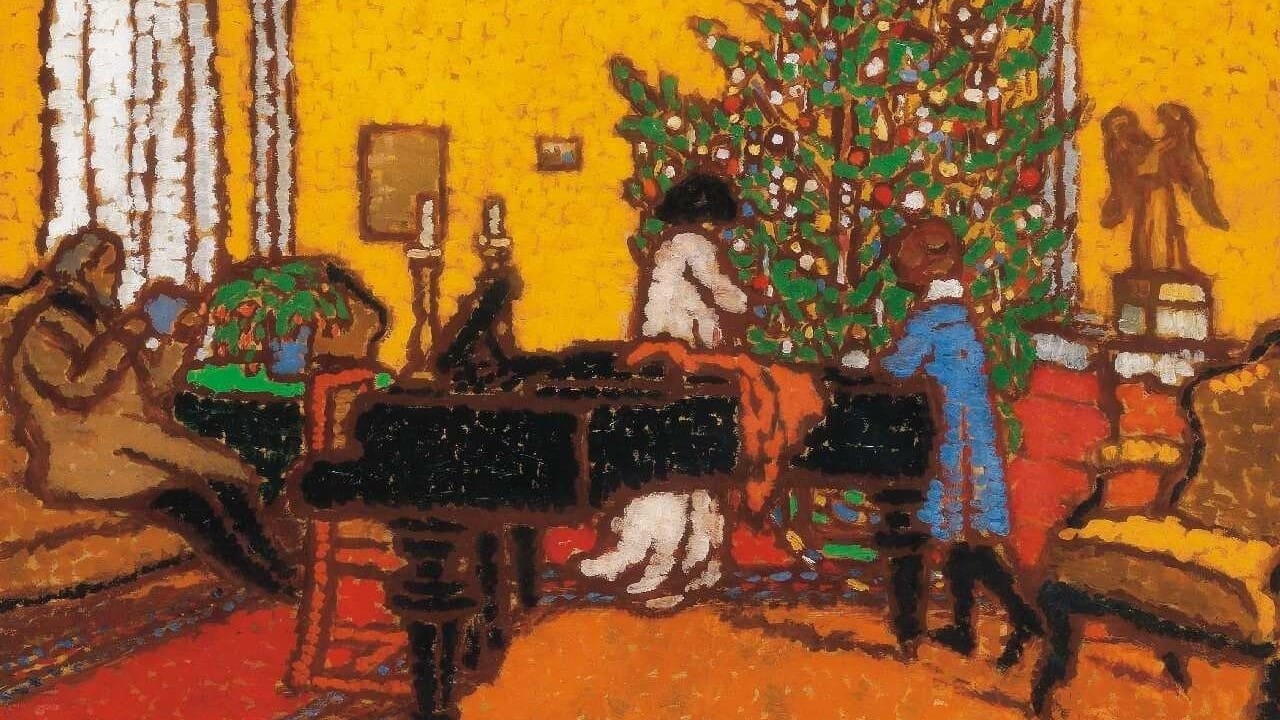
Music is an inalienable part of celebrations, and it is no different at Christmas. But what do Hungarians listen to and sing on this special holiday? We have collected the top classics for you in our article.
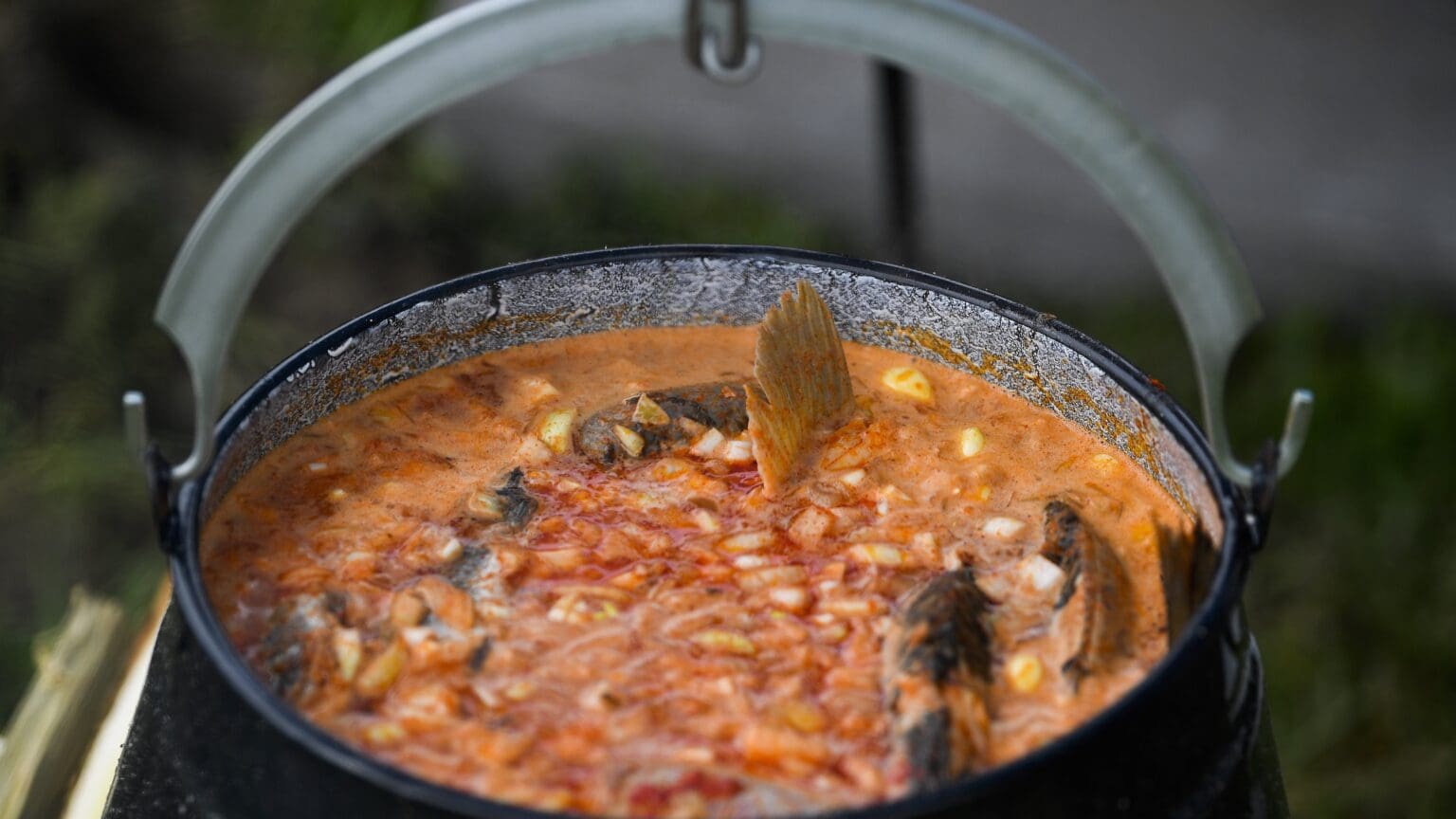
The first references to fisherman’s soup date back to the 1800s. Soon, fisherman’s soup became popular across the country, prepared with different fishes based on various recipes, but the fundamentals remained the same everywhere. The name ‘fisherman’s soup’ is owed to those fishermen who, lacking kitchen tools, prepared this now widely popular dish far from their homes on the shores of lakes or rivers.
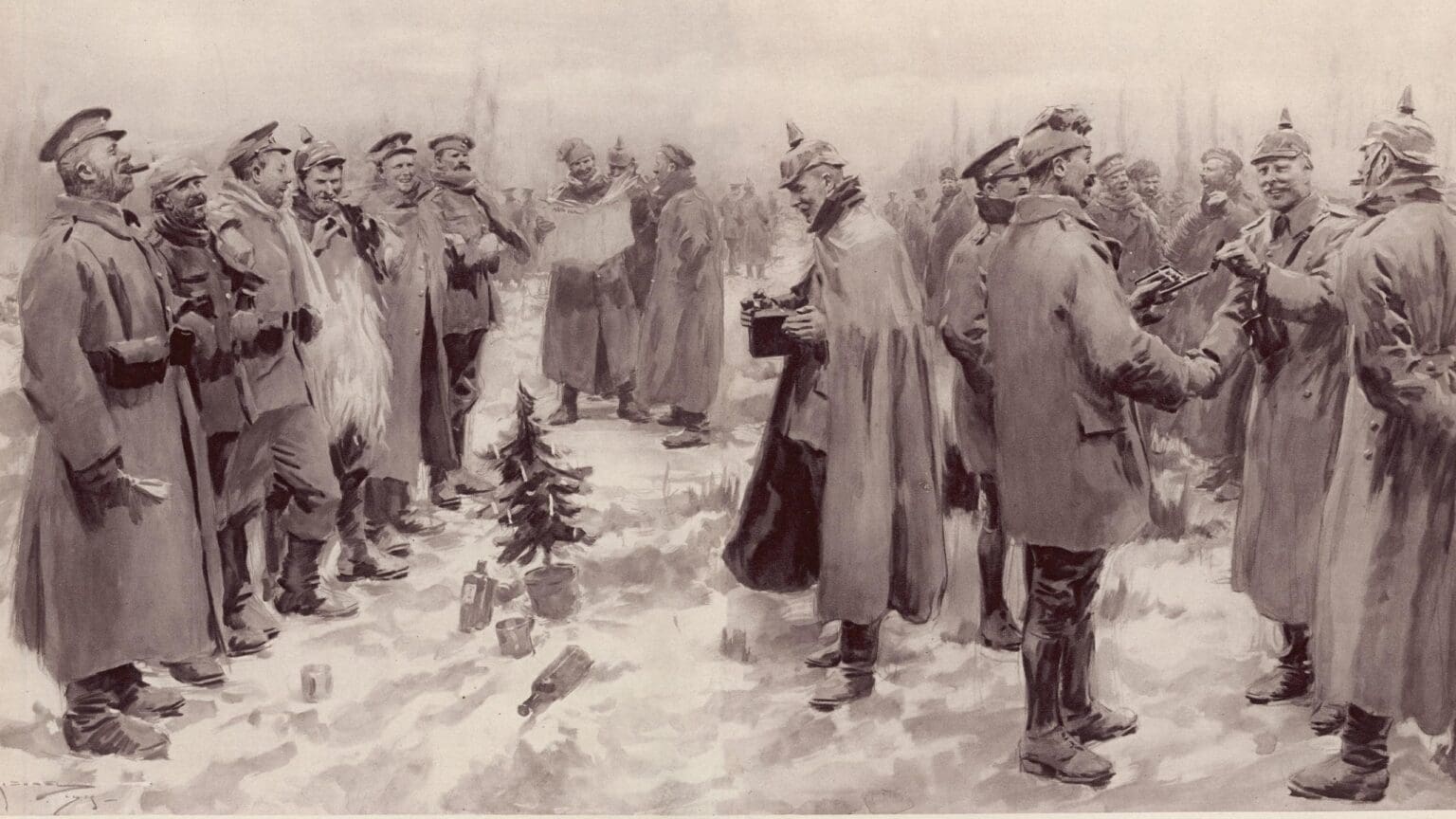
The First World War is known as the first dreadful and devastating armed conflict that engulfed almost the entire world. However, a chain of events during the December of 1914, known as the ‘Christmas truce’, showed that humanity and brotherly love could prevail over the senseless killing, if only for a brief time.
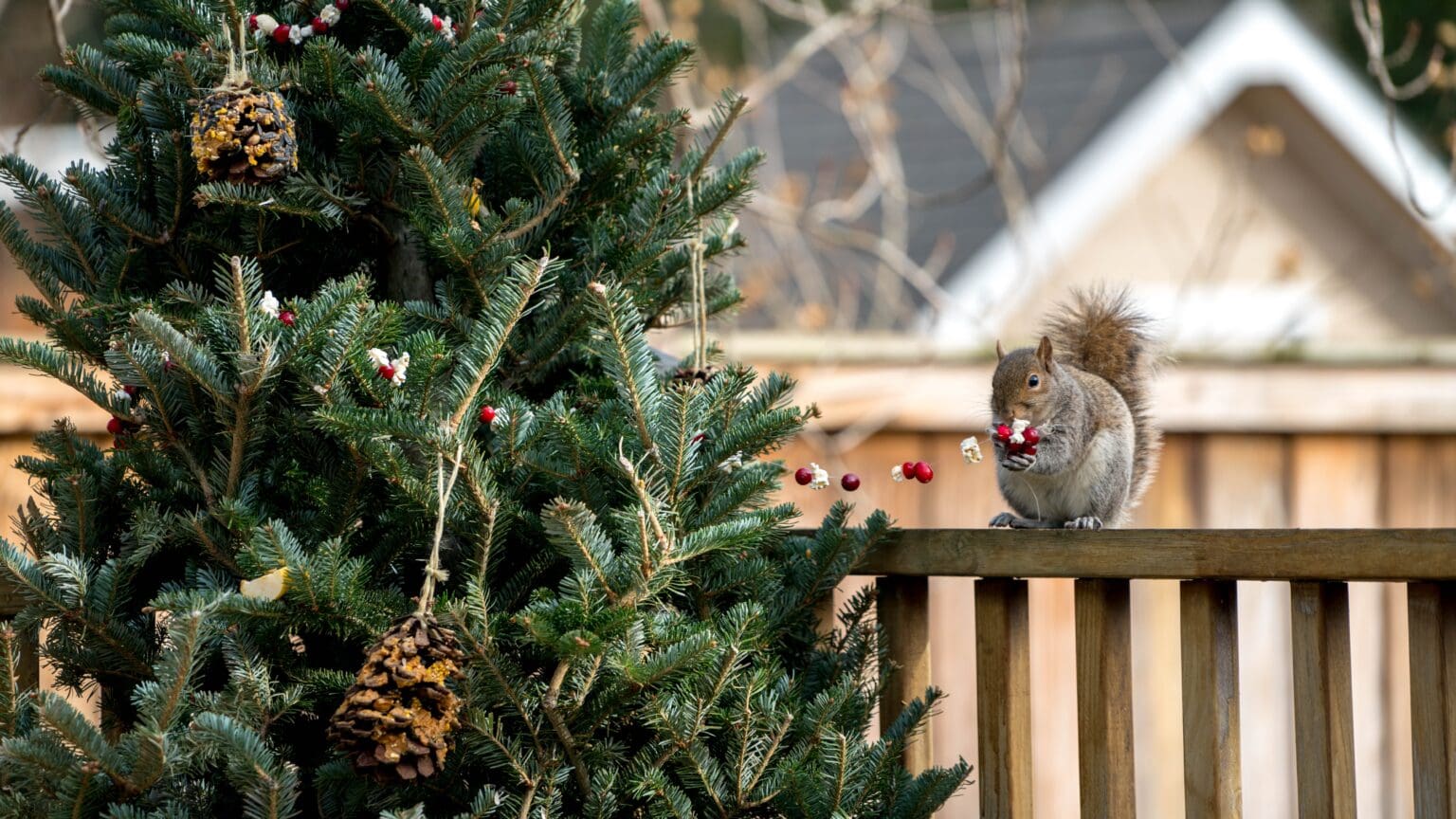
In the West, there are a number of remarkable, colourful traditions linked to Christmas that vary from country to country. But what cannot be missing from any home where Christmas is celebrated is a decorated pine tree.
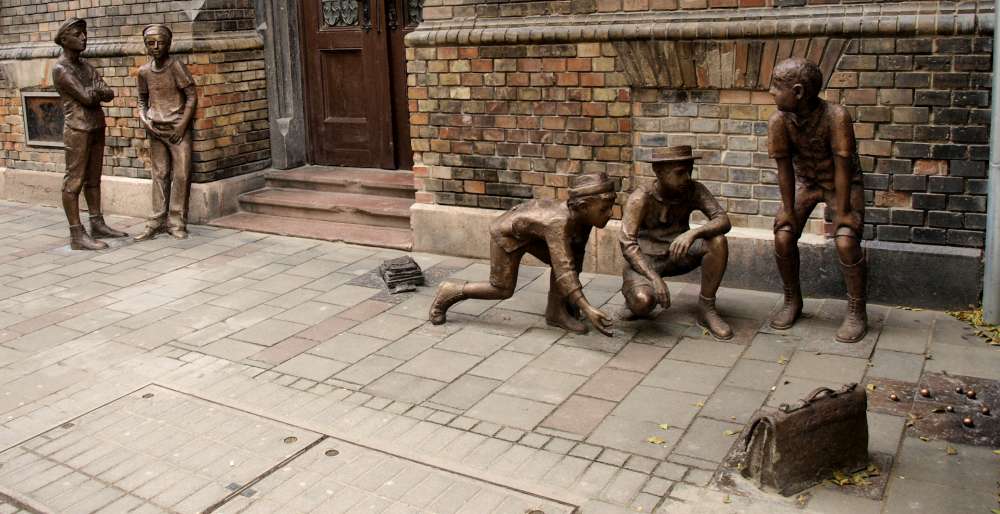
The best-known Hungarian language youth novel, The Paul Street Boys, written by Ferenc Molnár, was first publish in 1907 and it has enjoyed unbroken popularity ever since.
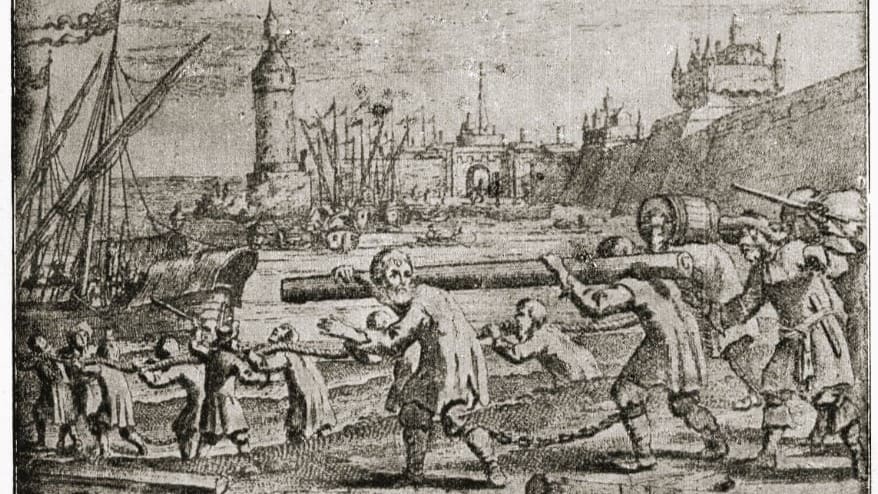
The second half of the 17th century was a time of great hardships for Protestants: Protestant church history calls the years between 1671 and 1681 the ‘decade of mourning’. Thanks to some illustrated works by pastors freed from galley slavery, however, we can get some idea of what the preachers wore in those days.

Bejgli, the mouth-watering poppy seed pastry, is one of the most favourite Christmas delicacies in Hungary.

In this article, historian László Bernát Veszprémy recounts the story of three Israeli prime ministers who resigned as a result of military debacles that happened under their leadership.
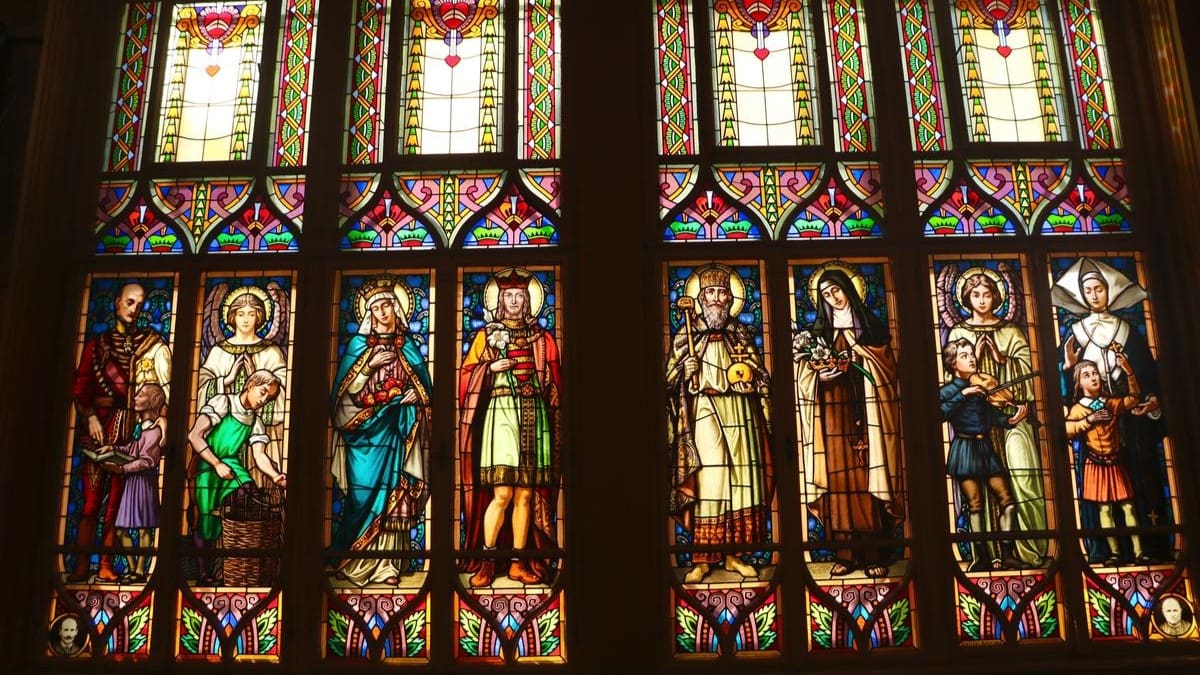
Imre Zsellér, a prolific artist, decorated hundreds of churches and public buildings across the Kingdom of Hungary with his extraordinary stained glass and mosaic creations.

The booklet takes an in-depth look at the European phenomenon of migration, from the number of border crossings and the attitudes of the Hungarian society towards immigration to the V4 and their stance on migration. It also delves into the situation Mediterranean EU Member States find themselves in the current crisis, as well as the role of Turkey in tackling the migration waves and the security challenges posed by them.

Hungarian Conservative is a quarterly magazine on contemporary political, philosophical and cultural issues from a conservative perspective.